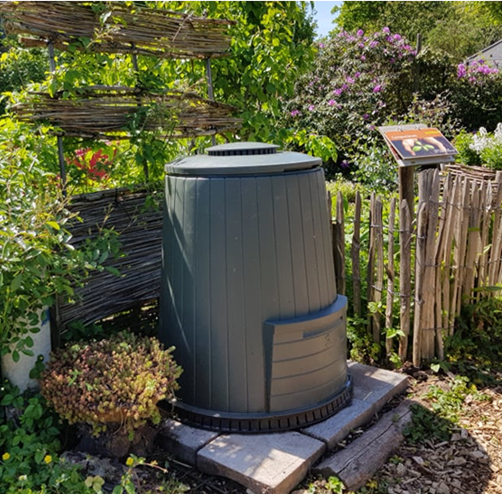Tips for composting at home: what did we learn from Mechelen
Composting experts showed to Mechelen's citizens how to make compost from food scraps and how to use the compost to nourish the trees and plants in the garden. Once you know how, composting is relatively easy, fun and most of all it’s free! Why run to the store to buy fertilizer when you can make your own compost! Moreover, compost makes the soil healthy and it helps to improve water retention, a good thing if you think of the increasingly hot summers.
Be sure to also try this at home! 🍎🍂 Here are 5 practical tips for when you use a compost bin:
Tip 1: Place your compost bin on a non-paved surface so that micro-organisms and small invertebrates find their way into the bin. These small animals are crucial to the composting process!
Tip 2: Ideally, place some paving stones between the substrate and the compost bin, so that oxygen can always get in from below.
Tip 3: Start with a layer of coarse material such as branches, wood chips and dry plant stems so that the holes at the bottom of the compost bin do not get blocked. Then you can add your kitchen bio-waste. Make sure each time you add your food scraps to also add some brown material such as wood chips, branches and leaves, to keep things aerated.
Tip 4: Use the aeration stick every week. Stick it into 5 different places in the compost pile, make a quarter turn and pull it back up. Without oxygen the compost organisms cannot survive!
Tip 5: After 6 to 9 months, you can harvest the mature compost at the bottom of the compost bin. The easiest way is to lift the entire compost bin and separate the layers with a pitchfork. You can let the digested compost continue to ripen under a tarpaulin. After that, the compost is ready to use in the garden!

